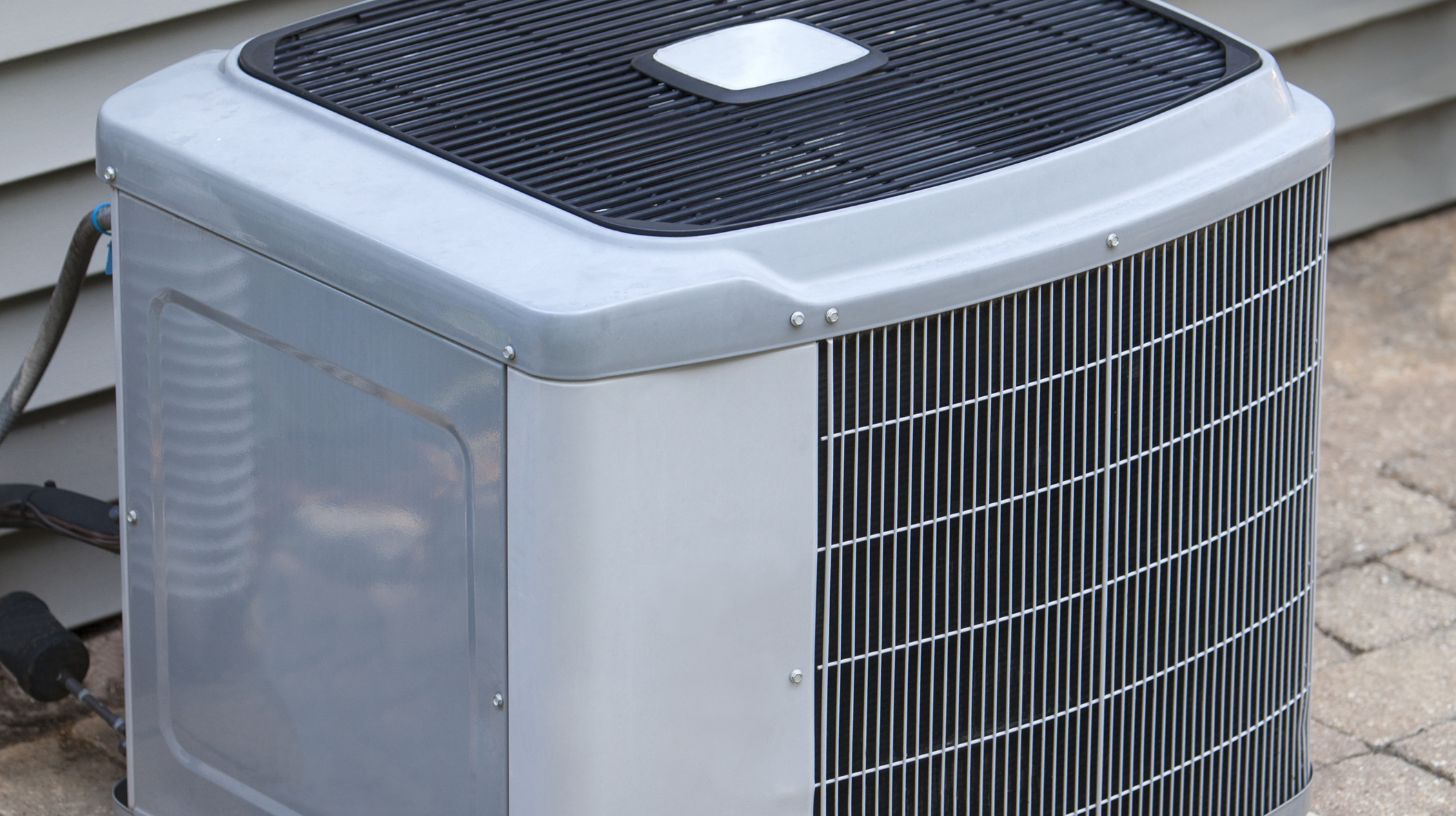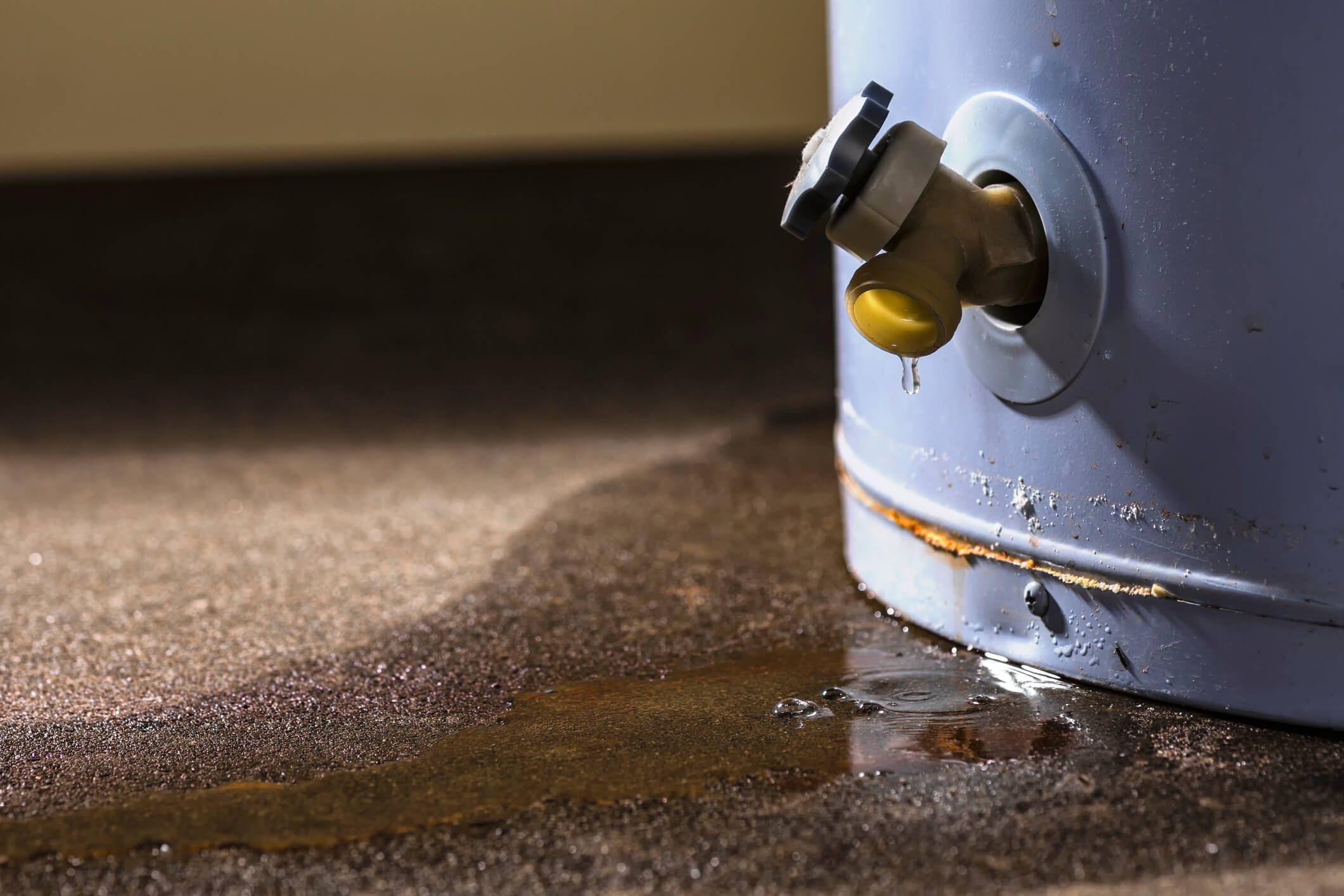
The Language of HVAC – 10 Terms You Should Know
Most people think they know the meaning of many of these furnace and air conditioning terms. It’s actually a little more complicated than that.
- What do the letters HVAC stand for? Heating, Ventilation, and Air Conditioning. In other words, furnace, air conditioner and some method of circulating warm and cool air throughout a house. H-VAC is the generally accepted name for the entire industry.
- A furnace creates heat. It does that by burning natural gas, bottle gas, heating oil, or electrical heating coils. Not all furnaces create heat with the same amount of energy usage. Nearly all new furnaces are more energy efficient than their not-so-distant replacements, but a well-maintained furnace in a well-insulated home can operate efficiently for many years.
- An air conditioner produces cool air, but, like a furnace, some do it more efficiently than others. Typically, the years of operational life are fewer for an air conditioner; a fifteen-year air conditioner is usually approaching the time when repair costs begin to mount, and replacement seems like a good option.
- An air handler is the part of the ventilation system that draws in warm or cool air for the furnace or air conditioner to turn it into cool or warm air, respectively, then blows it out into ducts that deliver it throughout a home. While operating, an air handler continuously circulates home air. Along with ductwork and a blower, an air handler is the V in an HVAC heating and cooling system.
- There are two sets of ducts in a conventional central air heating and cooling system. Air flows through intake ducts to your furnace and air conditioner and is discharged into a second duct system that delivers it to the rooms of a home. The same air circulates over and over, getting heated or cooled along the way.
- Smart thermostats truly are smart, and they get smarter over time. A smart thermostat will observe the time you wake up, go to work, return home, and go to bed. Then it adjusts its settings to match your daily routine. It will even observe that your house is empty for multiple days and adjust accordingly. With a connected smart thermostat, you can even send it a message that you are on the way home and it will have your house comfortable when you arrive.
- Ductless, or ductless mini-splits, as the name implies, do not have ducts to circulate air. Small units are located in one or several rooms. They can provide heat or cooling or both. They are excellent for keeping a newly added room or garage comfortable or even an entire house.
- Heat pumps are energy-efficient heating and cooling systems. A heat pump does its job by moving heat. In the summer, it removes heat from a house and discharges it outside. In winter, it draws heat from outside and circulates it inside. Contrary to common logic, there is plenty of heat outside on even the coldest days.
- Internal Air Quality (IAQ) is a measure of the pollutants in the air circulating in a home. The main line of defense against dirty air is the air filter in the home heating system. Heating and cooling professionals have a variety of other options to clean harmful gases and particles from indoor air.
- SEER is short for Seasonal Energy Efficiency Ratio, sometimes called Seasonal Energy Efficiency Rating. SEER ratings are given to heating and cooling systems to help consumers evaluate energy efficiency. Ratings range from 13 to 25. As of January 1, 2023, SEER 13 is the lowest approved efficiency rating by government mandate.
In the world of heating and cooling professionals, there is a sizable lexicon of words and phrases to know. The pros at Semper Fi Heating & Cooling can guide you through the repair and/or replacement process for HVAC machinery. Give them a call today at 480-616-3636.
Other Blogs You May Be Interested In
Categories








